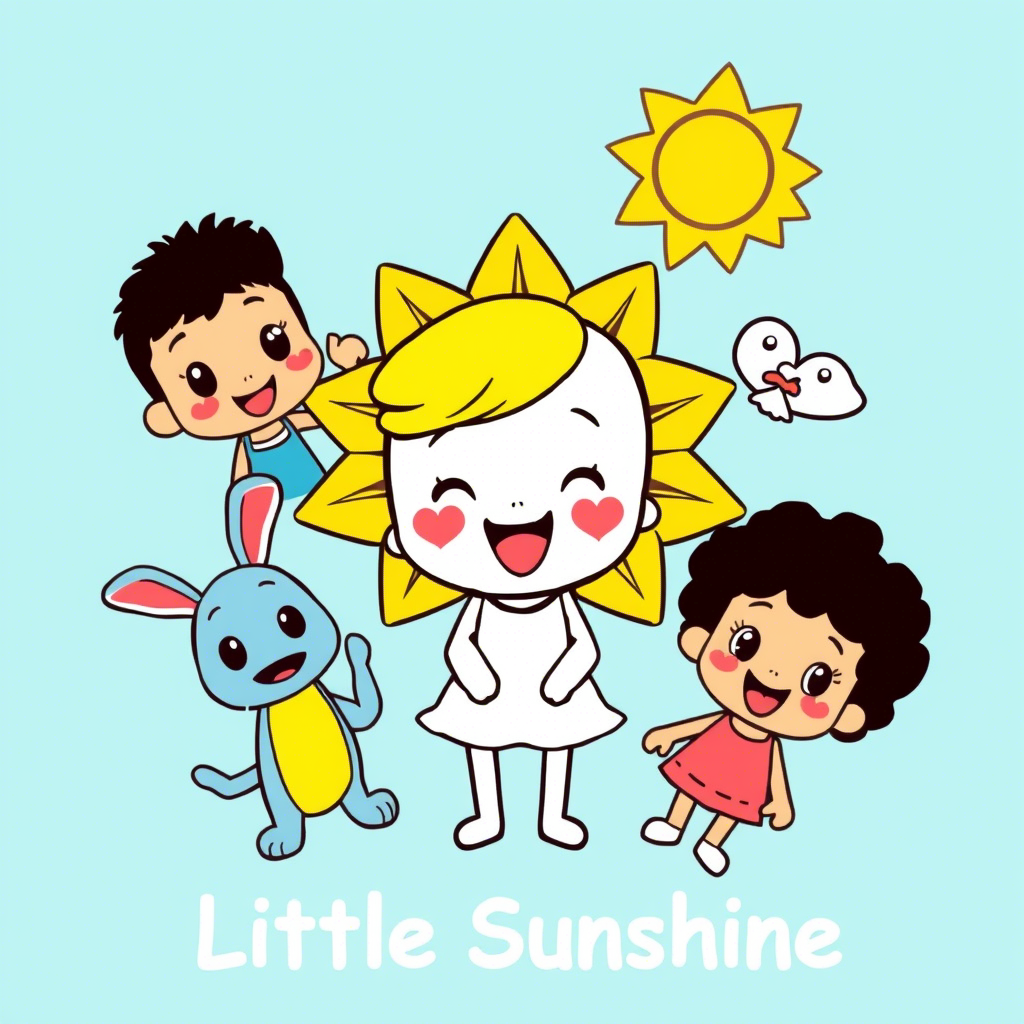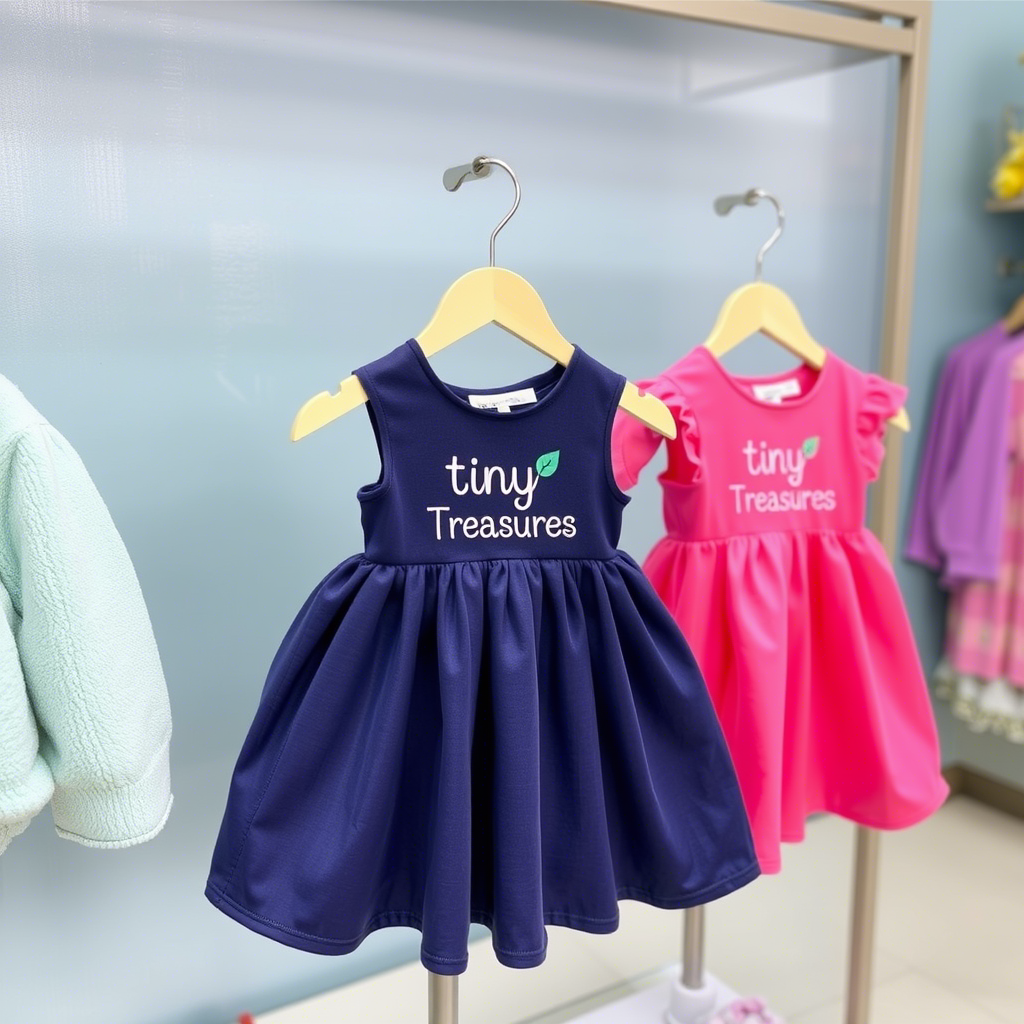Children Clothing Brand Names and Wholesale English
The children’s clothing industry has witnessed significant growth in recent years, driven by increasing demand for high-quality, stylish, and comfortable clothing. As a result, numerous children clothing brand names have emerged, catering to diverse tastes and preferences. In this article, we will explore the world of children’s clothing brand names and wholesale English, highlighting key trends, strategies, and best practices for businesses operating in this space.
Understanding the Children’s Clothing Market
The children’s clothing market is highly competitive, with numerous brands vying for market share. To succeed, businesses must understand their target audience, including their preferences, needs, and shopping behaviors.
- Target Audience: Parents and guardians seeking high-quality, comfortable, and stylish clothing for their children.
- Market Trends: Sustainable and eco-friendly clothing, comfortable and practical designs, and online shopping convenience.
- Brand Identity: Unique and recognizable brand names, logos, and marketing strategies that resonate with the target audience.
 For instance, brands like Little Sunshine have successfully created a brand identity around cute cartoon characters on kids’ t-shirts, appealing to parents seeking fun and playful clothing for their children.
For instance, brands like Little Sunshine have successfully created a brand identity around cute cartoon characters on kids’ t-shirts, appealing to parents seeking fun and playful clothing for their children.
Key Considerations for Children Clothing Brand Names
When creating a children clothing brand, selecting a memorable and appealing brand name is crucial.
- Uniqueness: The brand name should be distinctive and stand out from competitors.
- Relevance: The name should reflect the brand’s values, products, and target audience.
- Memorability: The name should be easy to remember and pronounce.
Wholesale English for Children’s Clothing
Effective communication is vital in the wholesale industry, particularly when dealing with international suppliers or buyers.
- Clear Product Descriptions: Accurate and detailed product descriptions are essential for wholesale transactions, ensuring that buyers understand what they are purchasing.
- Standardized Sizing: Standardized sizing charts help prevent sizing issues and ensure that products fit as expected.
- Negotiation and Communication: Building strong relationships with suppliers or buyers requires effective negotiation and communication skills.
 For example, the “Tiny Treasures” brand has successfully incorporated its logo on colorful dresses, creating a recognizable brand identity in the wholesale market. Businesses can explore a range of wholesale products, including boys’ coats, to find the perfect fit for their brand.
For example, the “Tiny Treasures” brand has successfully incorporated its logo on colorful dresses, creating a recognizable brand identity in the wholesale market. Businesses can explore a range of wholesale products, including boys’ coats, to find the perfect fit for their brand.
Strategies for Success in the Children’s Clothing Industry
To succeed in the children’s clothing industry, businesses must adopt effective strategies that cater to the needs of their target audience.
- Quality and Comfort: Prioritizing quality and comfort is essential, as parents seek clothing that is both stylish and durable.
- Sustainability: Incorporating sustainable practices and eco-friendly materials can be a key differentiator for brands.
- Marketing and Branding: Developing a strong brand identity and marketing strategy is crucial for attracting and retaining customers.
 The “Playful Pals” brand has successfully created vibrant playground-themed outfits, appealing to parents seeking fun and engaging clothing for their children. For more information on wholesale children’s clothing, you can visit Lezon Kids’ wholesale collection.
The “Playful Pals” brand has successfully created vibrant playground-themed outfits, appealing to parents seeking fun and engaging clothing for their children. For more information on wholesale children’s clothing, you can visit Lezon Kids’ wholesale collection.
Best Practices for Wholesale Children’s Clothing
When engaging in wholesale transactions, businesses must adhere to best practices that ensure smooth and successful transactions.
- Research and Due Diligence: Conducting thorough research on potential suppliers or buyers is essential for ensuring a successful partnership.
- Clear Communication: Establishing clear communication channels and protocols is vital for preventing misunderstandings and resolving issues.
- Quality Control: Implementing quality control measures helps ensure that products meet the required standards.
Conclusion
The children’s clothing industry is a dynamic and competitive market, with numerous opportunities for businesses to succeed. By understanding the target audience, creating a strong brand identity, and adopting effective strategies, businesses can thrive in this space. Key takeaways include prioritizing quality and comfort, incorporating sustainable practices, and developing a robust marketing and branding strategy. By following these guidelines and best practices, businesses can establish themselves as reputable players in the children’s clothing industry.